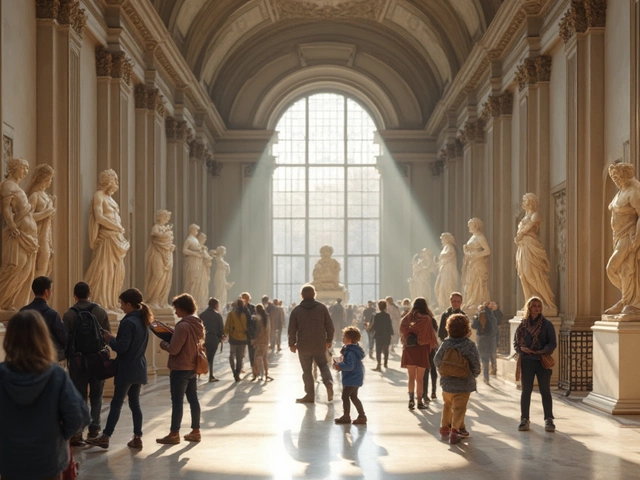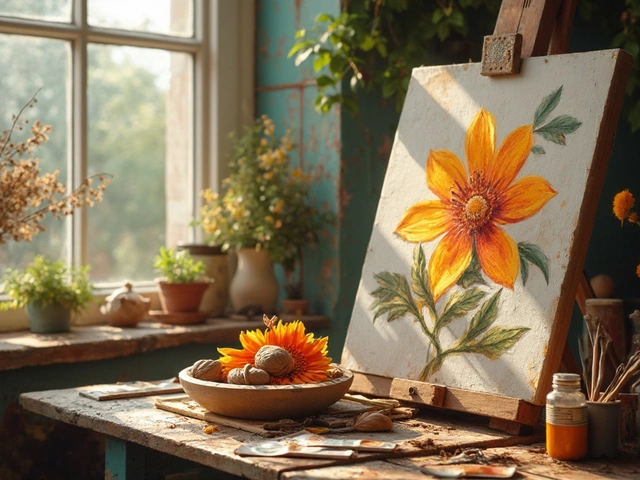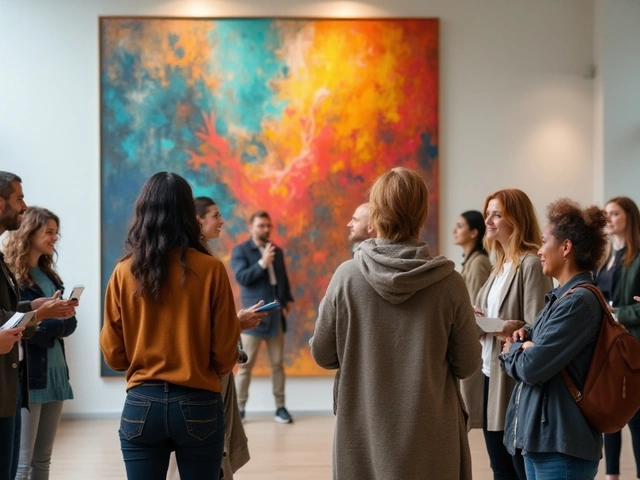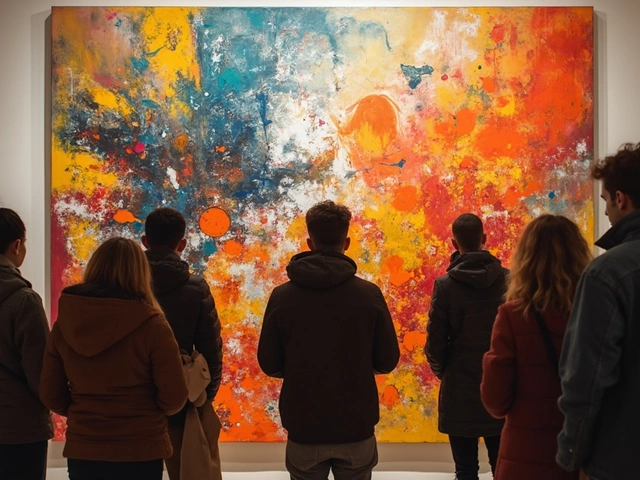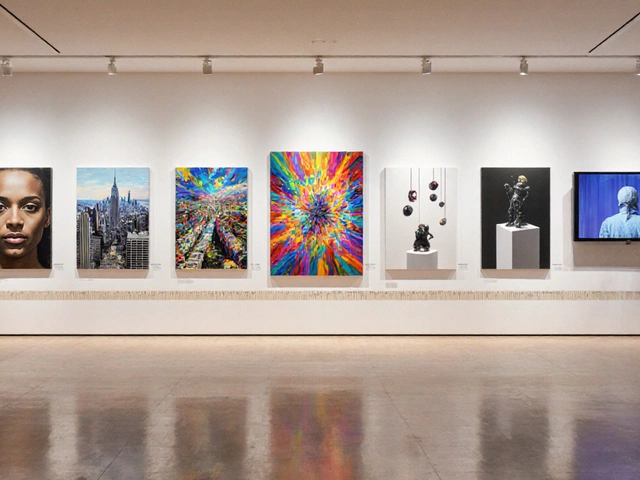Skin Tone Palette: How to Choose, Mix, and Use Realistic Colors
When working with skin tone palette, a curated collection of colors that represent the full range of human complexions. Also known as skin color swatch, it helps artists match realistic or stylized skin in any medium. Understanding color theory, the study of how colors interact, blend, and affect perception is the first step to building a reliable palette. Color theory teaches you about hue, value, and saturation—three attributes that a skin tone palette must balance to look believable.
Why a Good Palette Matters for Artists
Any portrait painting, the art of capturing a person’s likeness on canvas or paper relies on accurate skin tones to create depth and emotion. Likewise, digital illustration, creating artwork using software and a stylus or mouse benefits from a well‑balanced palette because the screen’s color gamut can exaggerate or flatten hues if they’re not mixed correctly. A strong palette also supports makeup artists who need consistent reference colors for foundation, blush, and eye shadow. In short, a skin tone palette encompasses hue, value, and undertone; it requires knowledge of color theory; and it enables both traditional and digital creators to achieve realistic results.
Building the palette starts with selecting base pigments that cover the three major undertone families: warm (yellow‑red), cool (blue‑red), and neutral (balanced). From these bases you create a gradient of values—from the lightest highlight to the deepest shadow—by adding white, gray, or black in measured steps. Many artists add a touch of complementary color (like a bit of green in a reddish base) to keep the tones from looking flat. When you mix, always test on a small swatch and compare it to reference photos that match the demographic you’re painting. This iterative process ensures the final palette reflects the subtle variations you’ll need across a whole artwork.
Once the palette is ready, keep it organized. Physical artists label each tube or pan with its intended use (e.g., "mid‑tone warm"), while digital creators save swatches in their software’s library for quick access. Consistency across projects saves time and prevents accidental shifts in hue that can make characters look inconsistent. The articles below dive deeper into sketching inside galleries, monetizing digital art, and mastering realistic portrait techniques—each one shows how a solid skin tone palette can elevate your work no matter the medium.
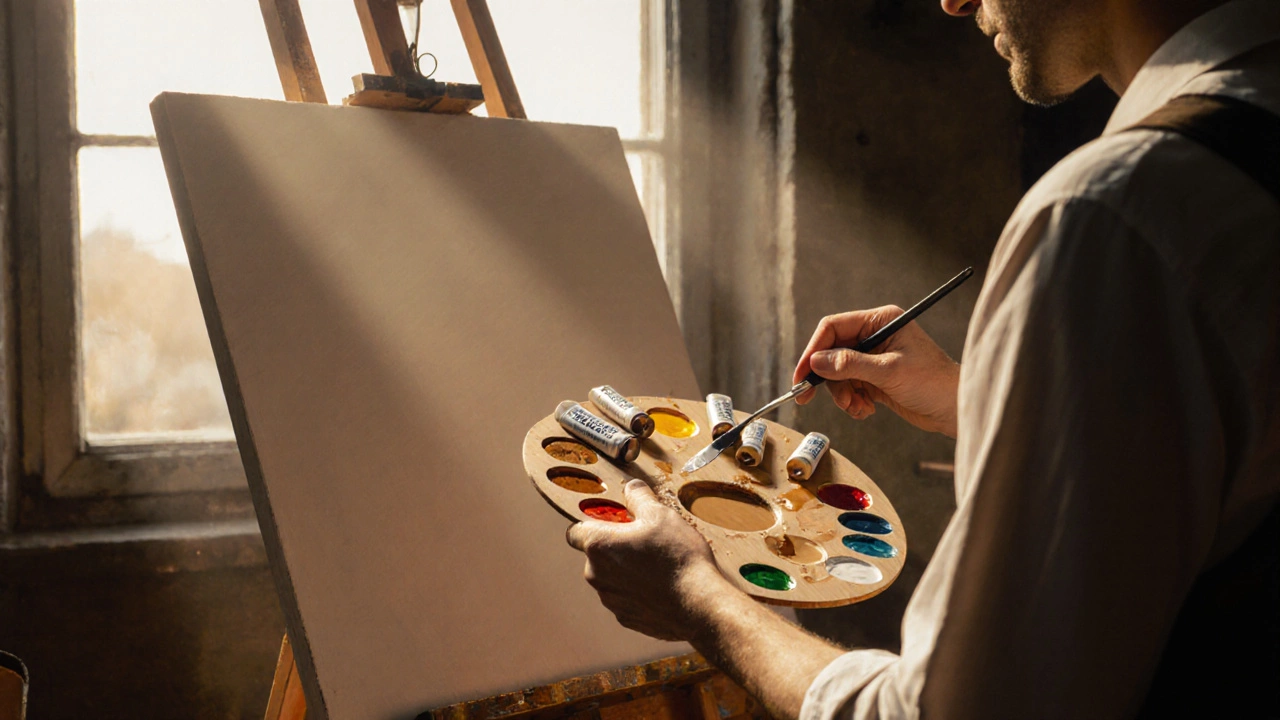
Discover the optimal color choices for portrait painting, learn how to build a skin‑tone palette, compare warm and cool strategies, and avoid common mixing mistakes.
